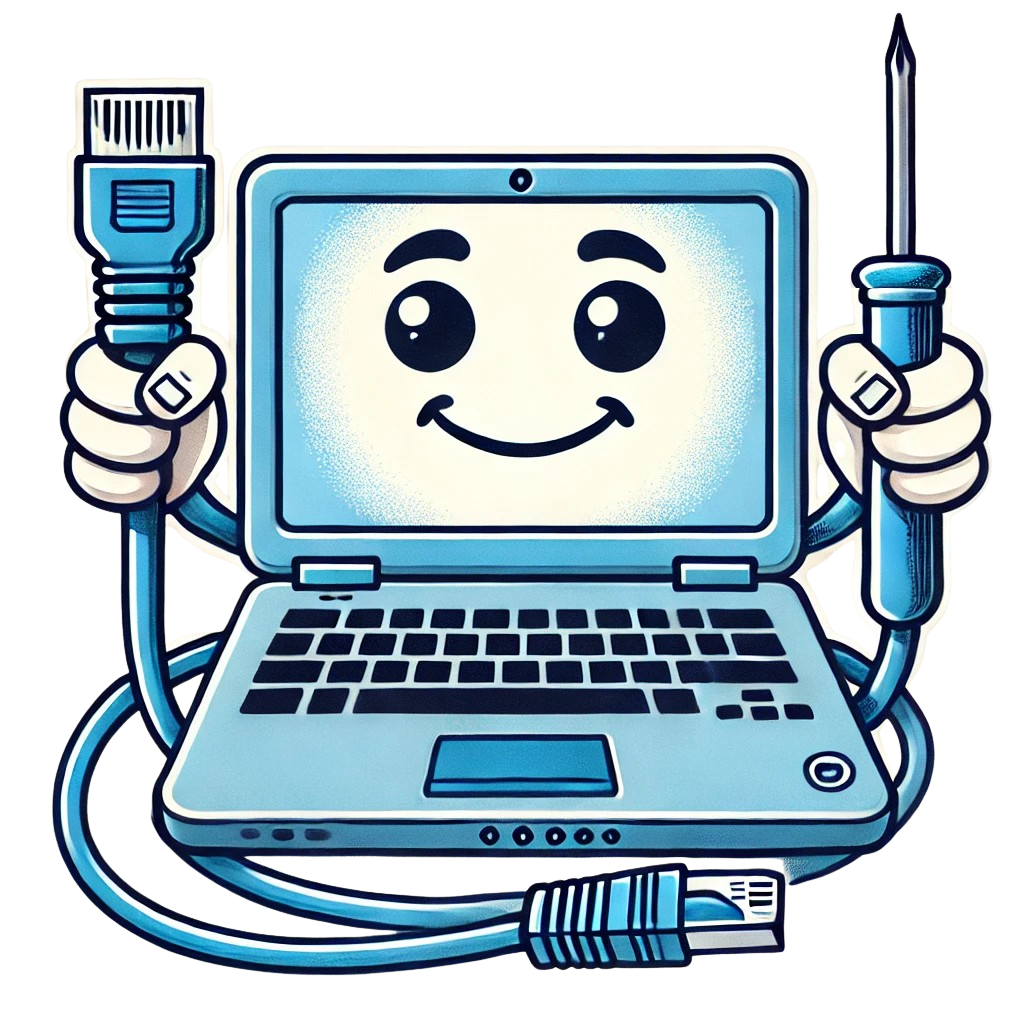In recent years, quantum computing has slowly but surely taken center stage, promising revolutionary advancements in the information technology sector. Here’s a step by step guide on how you, too, can dive into the world of quantum computing.
Step 1: Understanding Quantum Computing
The first step, before you even think about coding or algorithms, is to have a proper grasp of quantum computing concepts. Quantum computing leverages quantum mechanics laws such as superposition and entanglement to process information. Compared to traditional computing, quantum computing boasts a significantly higher computational capacity, providing solutions to complex problems at lightning-fast speeds. There are numerous resources available like online courses and textbooks that provide insights about quantum mechanics and how it ties in with computing.
Step 2: Getting Familiar with Qubits
Traditional computers store data in bits – ‘0’ or ‘1’. Quantum computers, however, use quantum bits (qubits). These qubits can exist in either state, or simultaneously in both states due to a property known as superposition. Gaining a good understanding of how qubits function is a significant milestone in mastering quantum computing.
Step 3: Delve into Quantum Gates
After understanding qubits, the next step is learning about quantum gates. Gates are operations that can be performed on qubits. Familiarize yourself with the most basic quantum gates such as Pauli-X, Y, Z, Hadamard, CNOT gate, and others. Each gate performs a unique function and understanding their individual operations is key to grasping quantum algorithms.
Step 4: Introduction to Quantum Programming
Now that you have a conceptual understanding of quantum computing, you can get your hands dirty with some coding. Quantum computing requires its unique programming languages like Q# from Microsoft and QISKit from IBM. Beginners can start with Q# as it integrates well with Visual Studio, a familiar environment for many developers. Here’s a snippet to get you started:
“`
operation HelloWorld() : Unit {
Message(“Hello, Quantum World!”);
}
“`
This code simply displays the message “Hello, Quantum World!” Once you get the hang of the syntax and structure, you can progress to more complex codes.
Step 5: Developing Quantum Algorithms
Once you’re comfortable with programming, you can start developing quantum algorithms. Familiarize yourself with the famous quantum algorithms such as Shor’s algorithm for factorization and Grover’s algorithm for searching. These algorithms lay the groundwork for most quantum computing advancements.
Step 6: Practical Application
Lastly, the most exciting part of learning quantum computing is applying learned concepts practically. Companies like IBM offer cloud-based quantum computing services, IBM Q Experience, where you can run quantum programs on real quantum computers.
By following this roadmap, you’ll steadily traverse the path to mastering quantum computing. It’s a fascinating journey, full of complex algorithms and ground-breaking processes, all of which are introducing new frontiers in the world of computing. So get started on this journey today, and step into the future of computation.

Leave a Reply